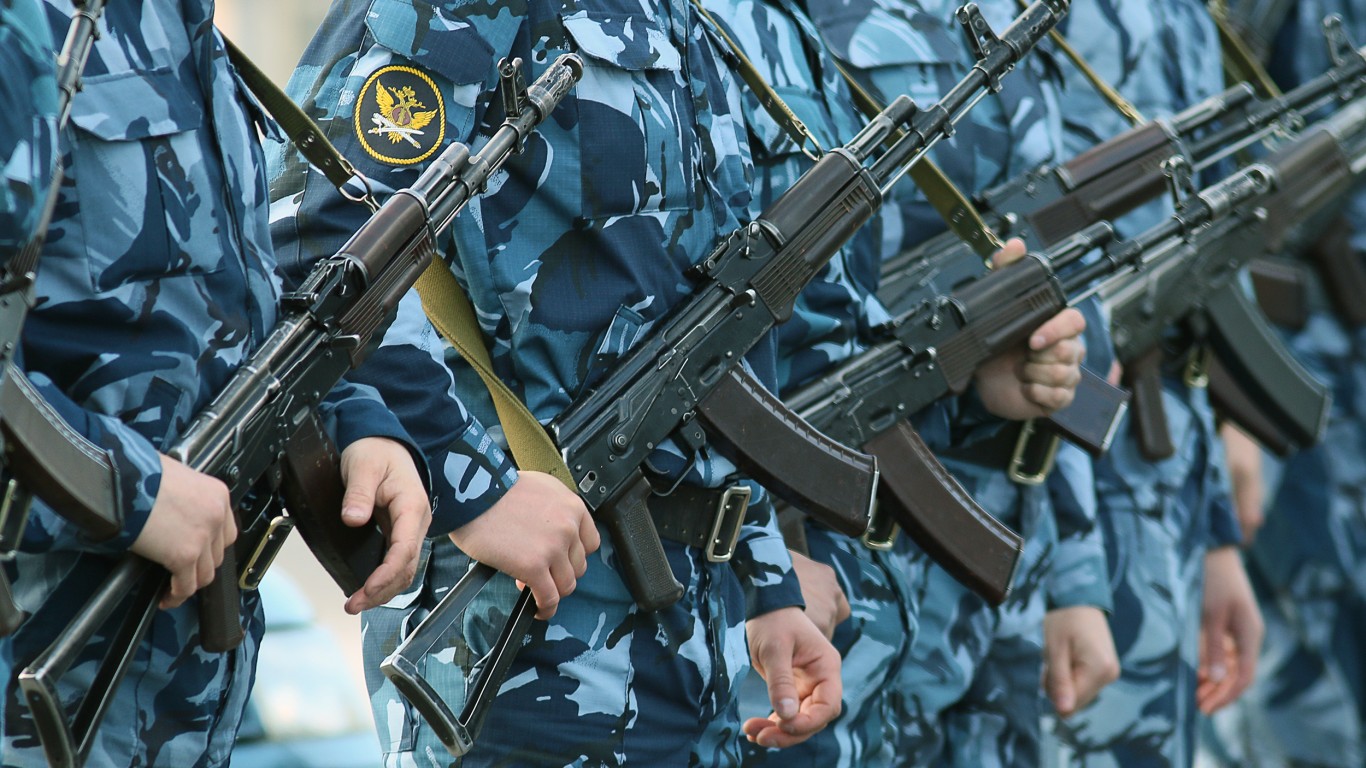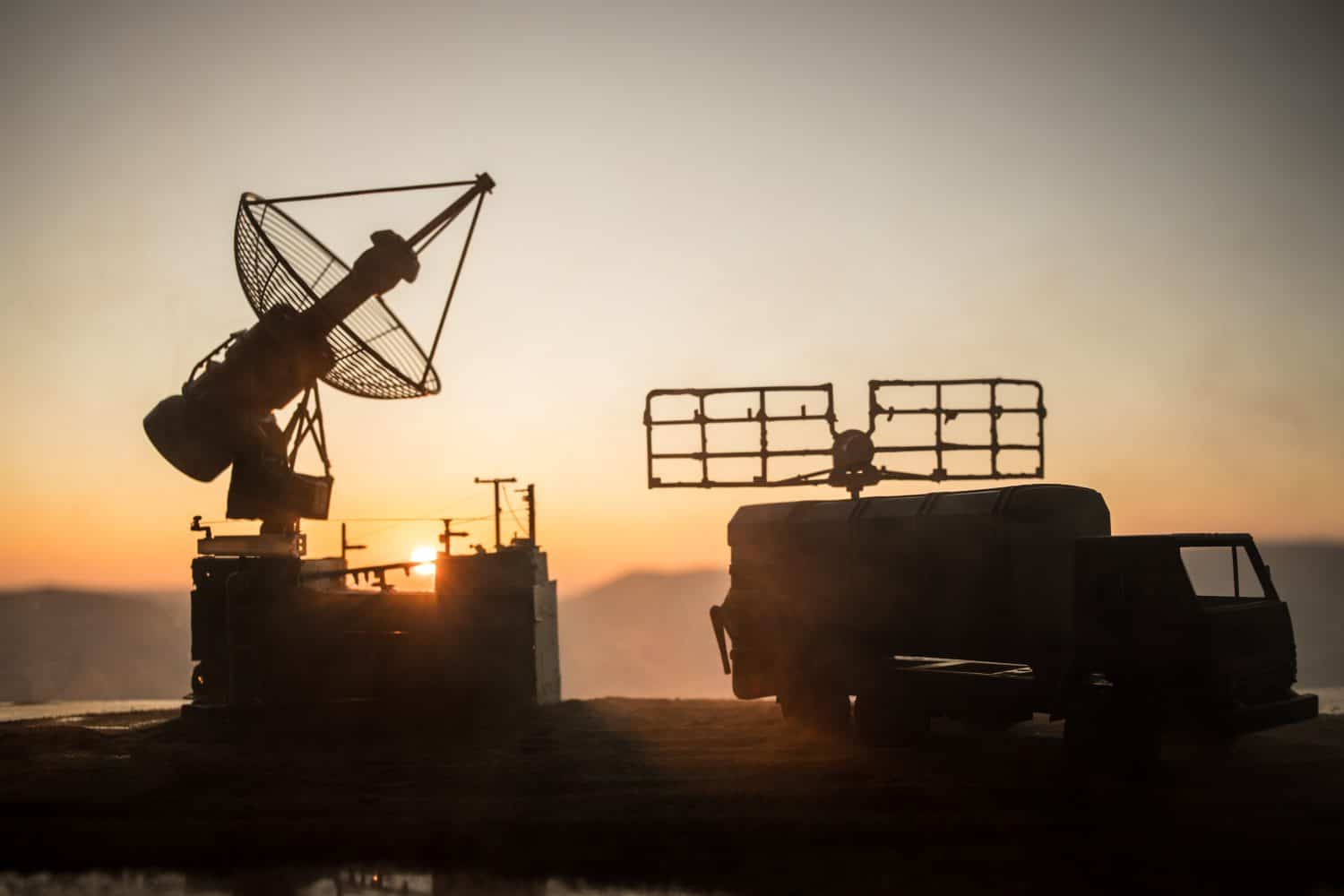
Russia’s 2022 invasion of Ukraine was supposed to be a short campaign but the swift victory anticipated by many analysts failed to materialize. Part of the reason for Ukraine’s effective defense was Kyiv’s early warning of the build-up of Russian forces on its border. It wasn’t a government entity that spotted the invasion but a commercial satellite company.
Ukraine is usually under cloud cover in February, which makes it difficult for optical satellites to spot anything. However, not all satellites are blind in cloudy and dark conditions. This article will examine how startups profoundly impacted the early stages of the conflict.
Why This Matters

Innovation has always been a key part of warfare but it is usually some time before a new idea becomes viable in a military sense. In recent years startups are emerging to challenge more established names in the defense sector. Washington substantially increased funding for the Defense Innovation Unit (DIU) to harness new ideas more effectively. Lessons drawn from Ukraine and other active conflicts will strongly influence future spending priorities.
The Space Economy
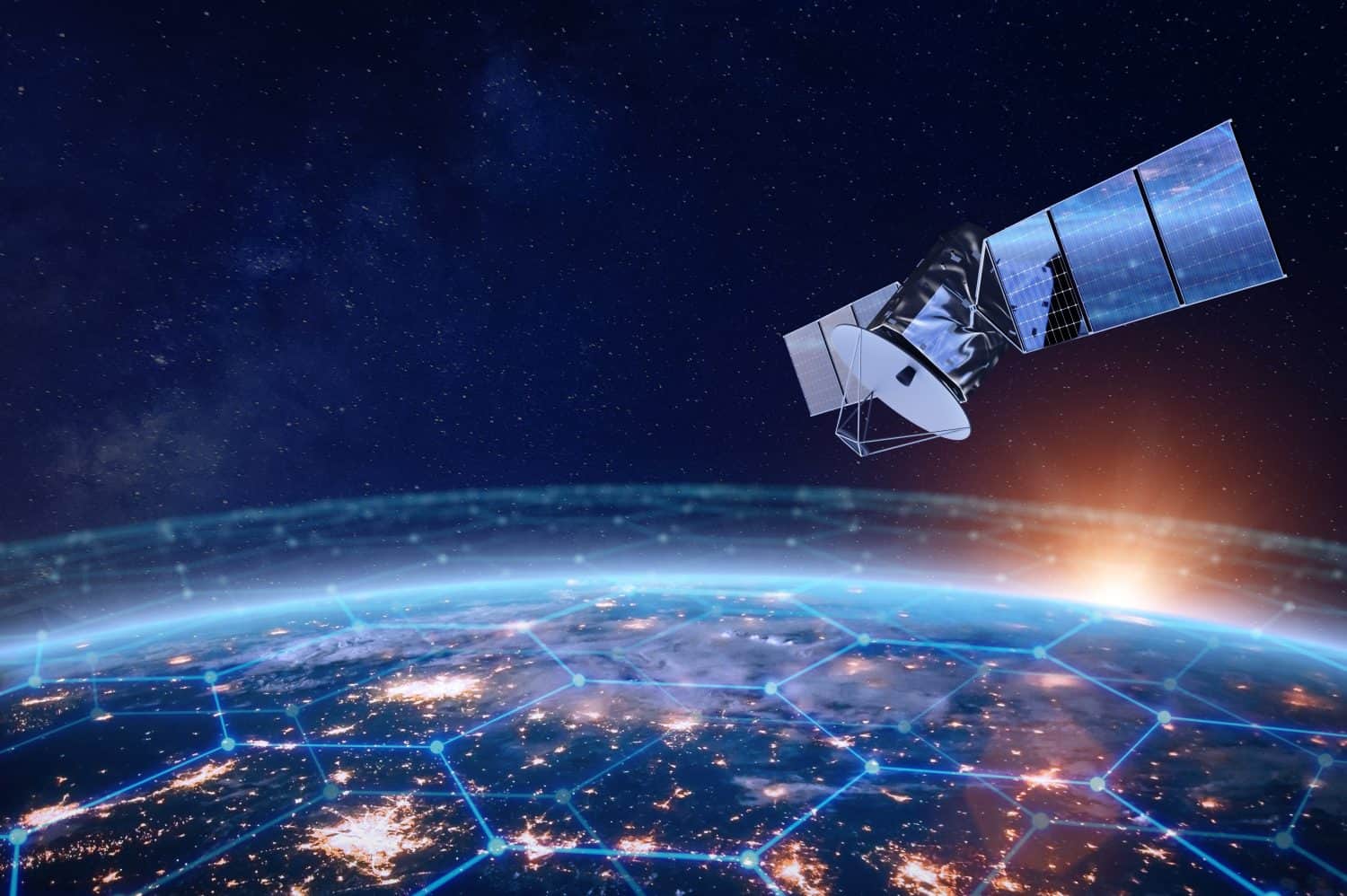
It has become much cheaper to launch a satellite, leading to a huge increase in orbital traffic and the growth of the “space economy.” Now worth over $570 billion, the space economy’s rapid growth is primarily driven by private commercial interests. From 2022-23, the number of satellites in space grew by 35%. These orbital assets also have military applications.
Synthetic Aperture Radar
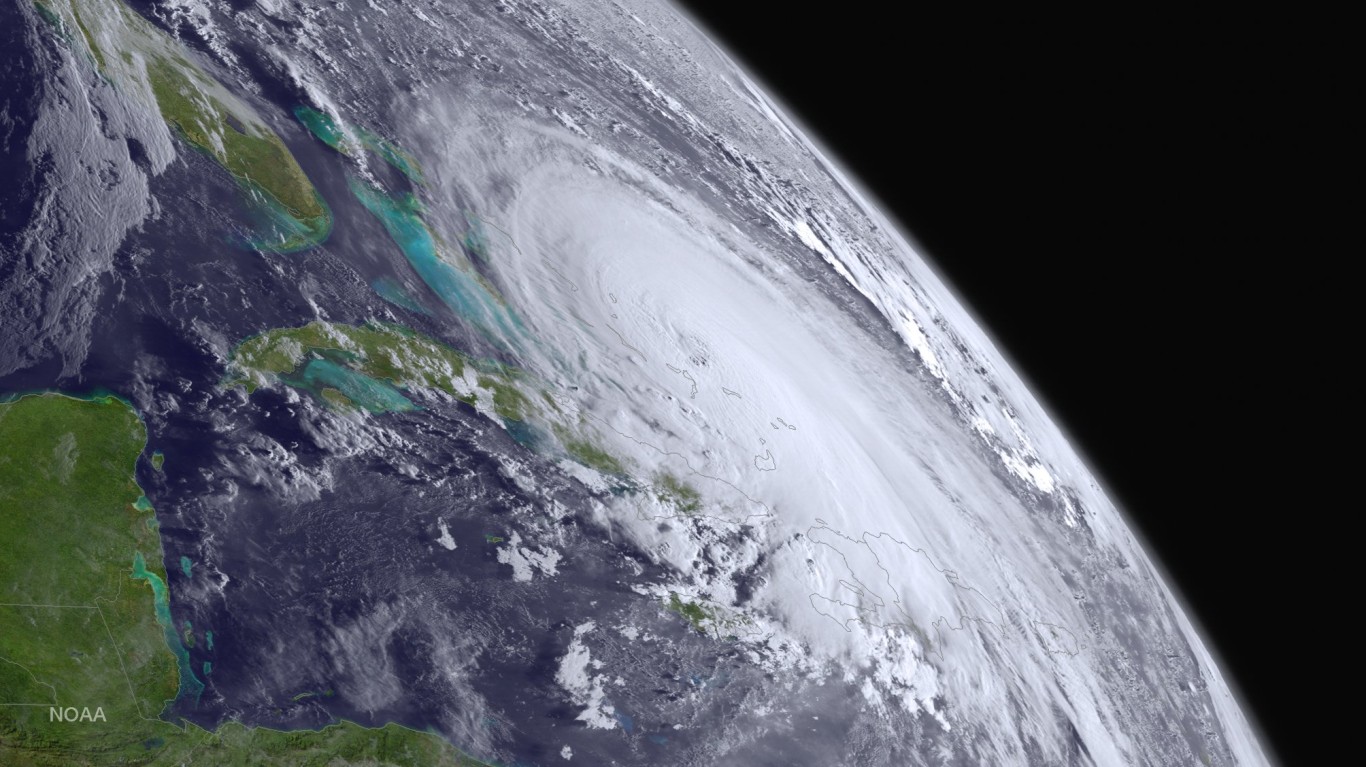
The satellites that spotted the Russian build-up in February 2022 weren’t traditional optical satellites. Instead, they used synthetic aperture radar (SAR) technology to assess the threat on the Ukrainian border. In simple terms, SAR doesn’t “see” objects from space but instead constructs images on the ground from a microwave radar signal. As well as satellites, SAR can be fitted to aircraft.
The idea behind SAR is hardly new. It was first explored in the 1950s and developed for military use in the 1960s. Attempts were made during the Vietnam War but the results were unsatisfactory as it couldn’t distinguish between trees and enemy structures. A major shortcoming in a war fought in the jungle. However, the concept has steadily improved over the years. With reduced costs, private entities have begun to enter the fray.
SAR Startups in Ukraine
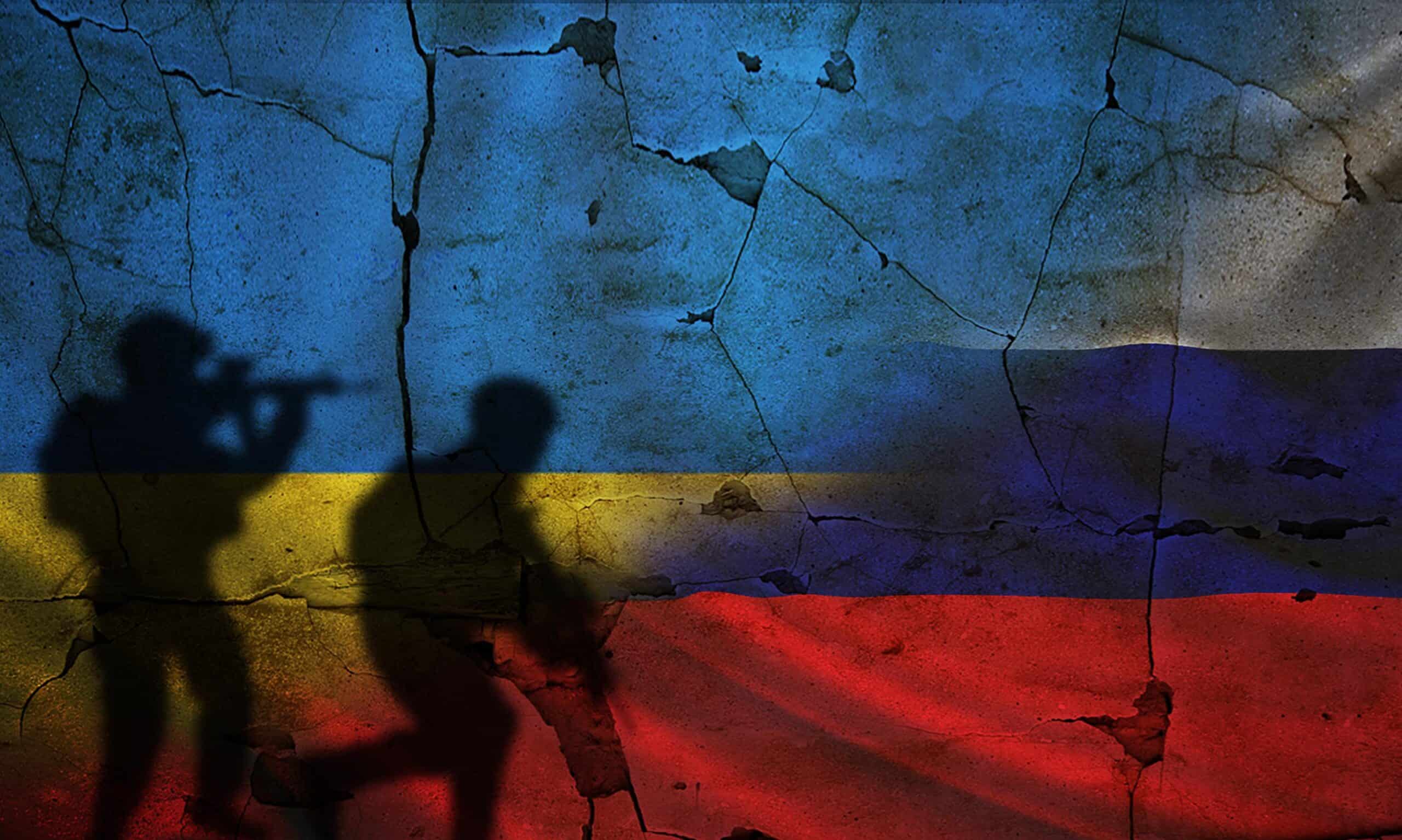
Capella Space is one of three startups making their mark on the war between Russia and Ukraine. The others are Umbra Space, and ICEYE, a Finnish company. Umbra hasn’t spoken publicly of its involvement in the Ukraine War but ICEYE confirmed a deal with the Ukrainian government in August 2022. Ukraine used unspent funds intended for Turkish drones to purchase a satellite and data from ICEYE to monitor Russian troops, vehicles, and other military targets. The “People’s Satellite” provided the intel for over 1500 successful strikes on Russian targets, causing billions of dollars of damage for a modest price. As an August 2024 report from Ukraine’s Defense Intelligence Directorate noted:
During the period of use of the “people’s satellite” and access to the ICEYE satellite constellation, our specialists took a total of 4173 pictures of enemy objects
The use of data from commercial satellites in a conflict does raise some important questions for the future. Deliberately attacking civilian objects is a war crime according to the terms of the Geneva Convention. However, the line between a civilian and a military object isn’t clear here. If a commercial entity is being used for military purposes, it might become a legitimate target.
Applications of SAR
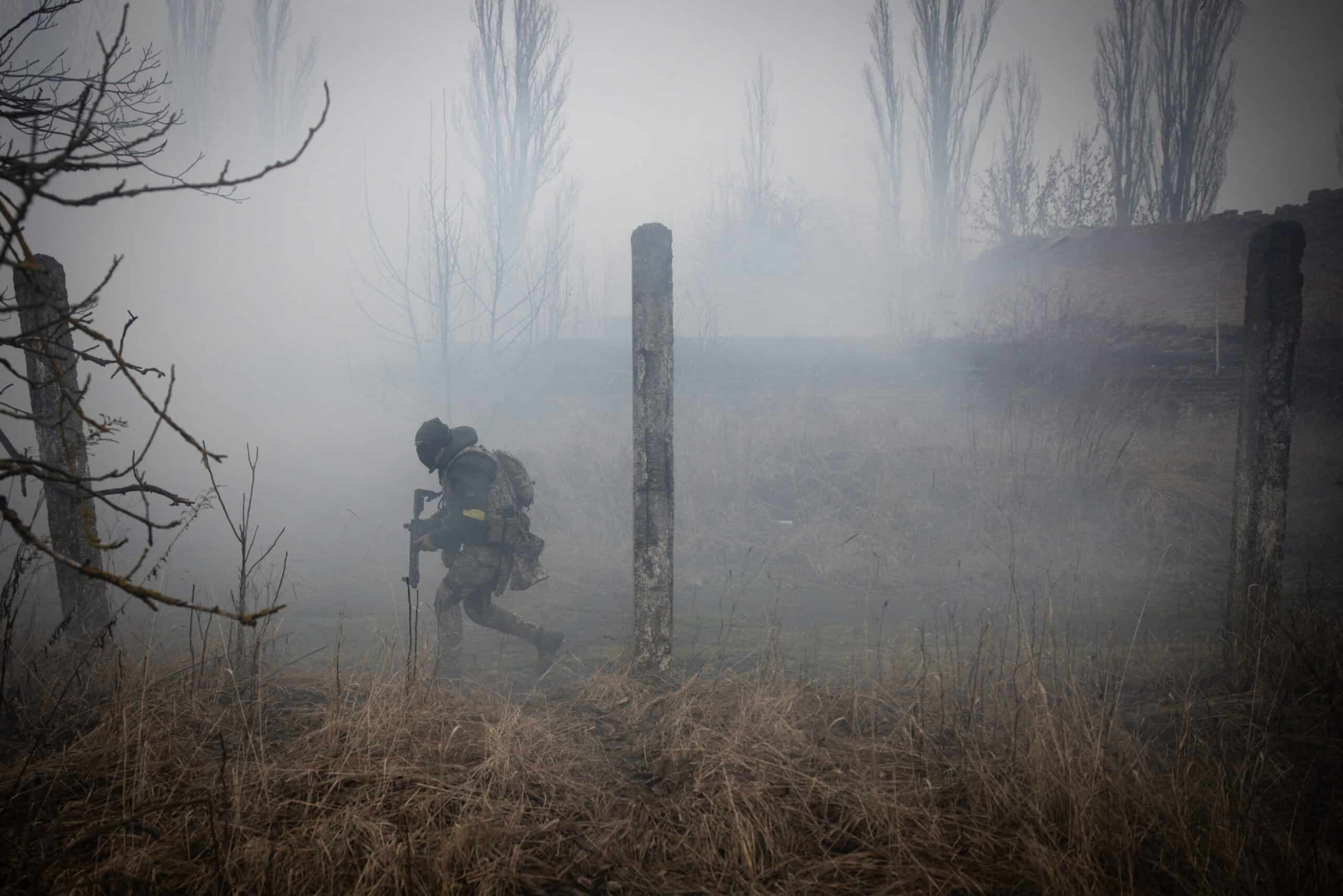
SAR has several civilian applications such as environmental monitoring. It can, for example, penetrate through ice to measure thickness and monitor the effects of climate change. Because SAR can see through adverse weather conditions, it can be very valuable for disaster management. There’s also maritime surveillance to protect fish stocks and prevent illegal dumping.
For the military, SAR can provide reconnaissance, target acquisition, and round-the-clock surveillance. Unlike optical satellites, SAR can operate day or night and in any weather conditions. It can also track moving objects on the ground or at sea.
Conclusion

Few experts predicted Ukraine’s military would last more than a few days against a Russian invasion. Fewer still would have guessed a part of Ukraine’s effective resistance came from a crowd-funded satellite purchased from a Finnish startup. The so-called “People’s Satellite” has paid for itself several times over. Synthetic aperture radar can help cut through the fog of war in the most literal sense by providing round-the-clock surveillance of assets that optical satellites are blind to. The versatility and relatively low cost of SAR indicate yet more integration between commercial and military interests in the future.
It’s Your Money, Your Future—Own It (sponsor)
Retirement can be daunting, but it doesn’t need to be.
Imagine having an expert in your corner to help you with your financial goals. Someone to help you determine if you’re ahead, behind, or right on track. With SmartAsset, that’s not just a dream—it’s reality. This free tool connects you with pre-screened financial advisors who work in your best interests. It’s quick, it’s easy, so take the leap today and start planning smarter!
Don’t waste another minute; get started right here and help your retirement dreams become a retirement reality.
Thank you for reading! Have some feedback for us?
Contact the 24/7 Wall St. editorial team.

